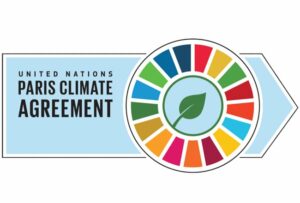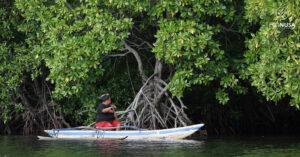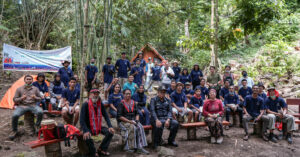Have you heard it before? According to a study published in 2020, Papua Island has the most plant diversity of any island on the planet. According to a study undertaken by 99 researchers from 19 countries, in Papua there are 13,634 plant species, with 68 percent of them being endemic. Isn’t it incredible?
So, what are the Papuan plants that you are already familiar with? What’s more intriguing is that a lot of Papua’s unique flora has a lot of benefits. There are plants whose fruit can help treat a variety of eye problems, restrict the growth of cancer cells, and also boost your immunity. Wow, do you want to know what kind of plants they are? Let’s find out together, shall we?
1. Red Fruit (Pandanus conoideus)
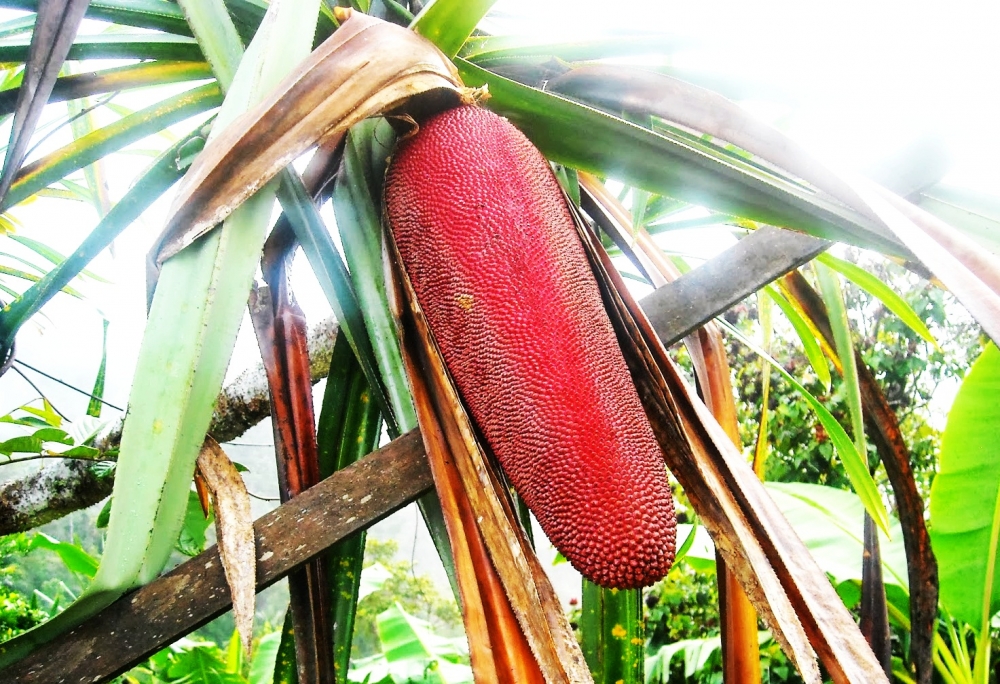
This Papuan endemic plant can be found in various areas in Papua, such as in the Jaya Wijaya Mountains, Wamena, Jayapura, Timika, Nabire, to Manokwari. As the name implies, this fruit is red and has a fairly large size, which can reach a length of up to 55 cm, a diameter of 10-15 cm, and weighs 2-3 kg. Many Papuans eat this fruit in various forms, such as mixed with vegetables.
A lot of research has looked into the many benefits of red fruit, such as inhibiting cancer cell growth, lowering blood glucose, and treating myopia. Not only that, but red fruit oil can be used as a natural color, and the oil can be squeezed and utilized as poultry feed.
Researchers are still exploring the potentials of red fruit. Vivi Mariana, a 2021 Papuan Young Scientist participant, did research on The Use of Red Fruit Paste (Pandanus Conoideus) and Pandan Tikar Fruit Flour (Pandanus Tectorius) in the Formulation of Sago Cookies. Through her research, Vivi discovered that red fruit paste can be utilized as a material for sago cookies. Isn’t it fascinating? Can you guess what else can red fruit be used for?
2. Matoa (Pometia pinnata)
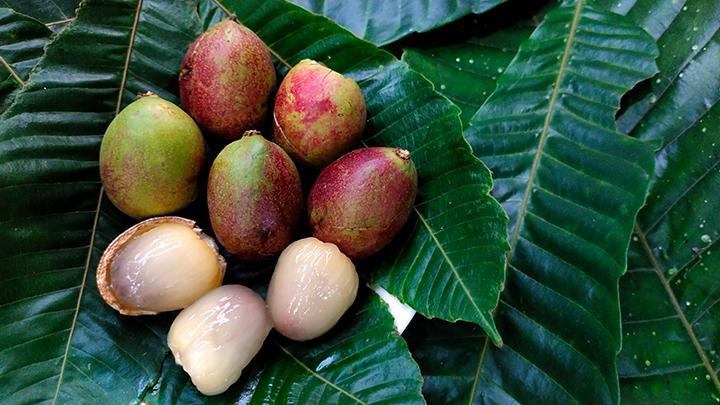
Next, let’s get to know more about the matoa plant! This plant produces fruit only once a year, between July and October, with a ripening time of around four months. Matoa, like red fruit, may be found in various parts of Papua. The matoa fruit’s skin is red-black, while the flesh is oval, yellowish-white in color, and chewy, similar to rambutan and longan fruit. There are 2 types of matoa, namely Matoa Kelapa and Matoa Papeda. The difference between them is that Matoa Kelapa has a chewier and denser texture than Matoa Papeda, which has a softer flesh.
Matoa is a small fruit with a lot of benefits. Vitamins C and E are found in the skin and flesh of the matoa fruit, which can function as antioxidants and boost the immune system. Then, the nutritional content of this fruit can also fight viral infections in the body, help relieve stress, and lower blood pressure.
3. Woromo
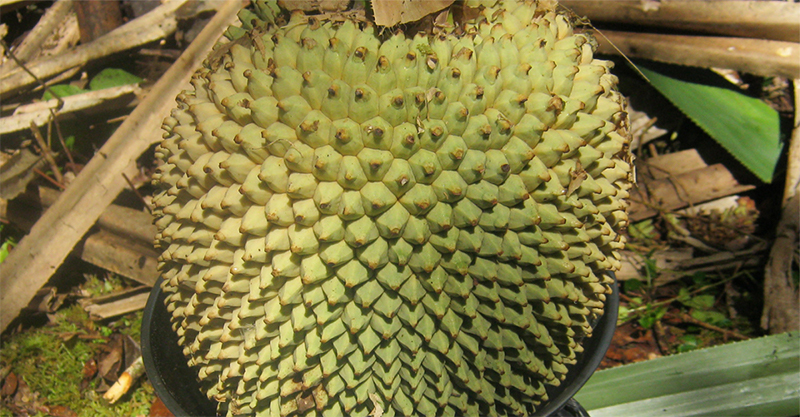
Perhaps woromo isn’t as well-known as red fruit or matoa. However, this Papuan endemic plant also has many benefits. The woromo plant can be found in the central mountainous region of Papua at an altitude of 2,500-3,000 mdpl. The shape of the woromo fruit is similar to that of jackfruit and breadfruit whose skin has a thorny texture. Meanwhile, the flesh of the fruit can be white, yellowish white, or orange, and it has a distinctive aroma.
A researcher from Papua, Dr. Been Kogoya, who is actively researching woromo fruit, said that this fruit contains various ingredients that are good for health, such as to help treat heart disease, cholesterol, and gout. Besides being consumed and processed into medicine, Woromo fruit can also be processed into oil and soap.
In addition to these three fruiting plants, there are a number of other endemic Papuan plants that are interesting for us to know and learn about. It’s also probable that there are still a lot of plants which we don’t know enough about the advantages and further research is needed. Thus, the role of researchers is needed to study the potential and benefits of numerous plants in Papua.
Don’t miss out on the opportunity to join the EcoNusa Foundation’s Young Papuan Scientist program if you want to become a young researcher who studies the richness of Papua’s flora. You will have the opportunity to attend workshops and bootcamps in preparation for research. Furthermore, you will receive professional guidance throughout research and publish research results through this program.






